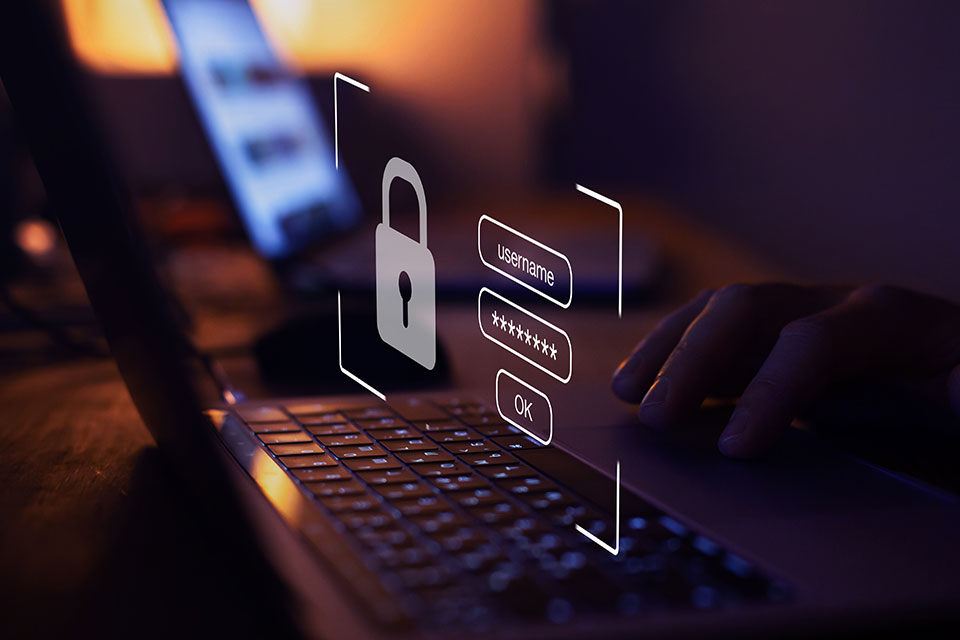Hello!
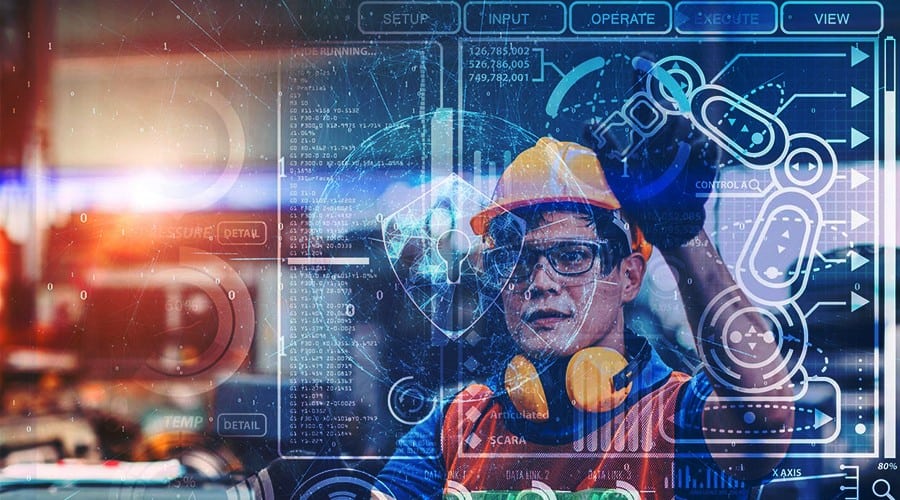 The more we depend on technology to do business, the more critical cybersecurity becomes. In this age of remote work, companies are relying on more third-party tools and employee devices.
The more we depend on technology to do business, the more critical cybersecurity becomes. In this age of remote work, companies are relying on more third-party tools and employee devices.
Each of those devices and applications represents a potential access point for cybercriminals. Here are five technologies shaping the future of cybersecurity.
The good news is, technology can also be used to combat cyber threats.
Not only can the right software stop breaches now, but these sophisticated tools can be continuously tweaked as new threats continue to evolve.
Here are five technologies shaping the future of cybersecurity:
1. Security Orchestration, Automation, and Response (SOAR)
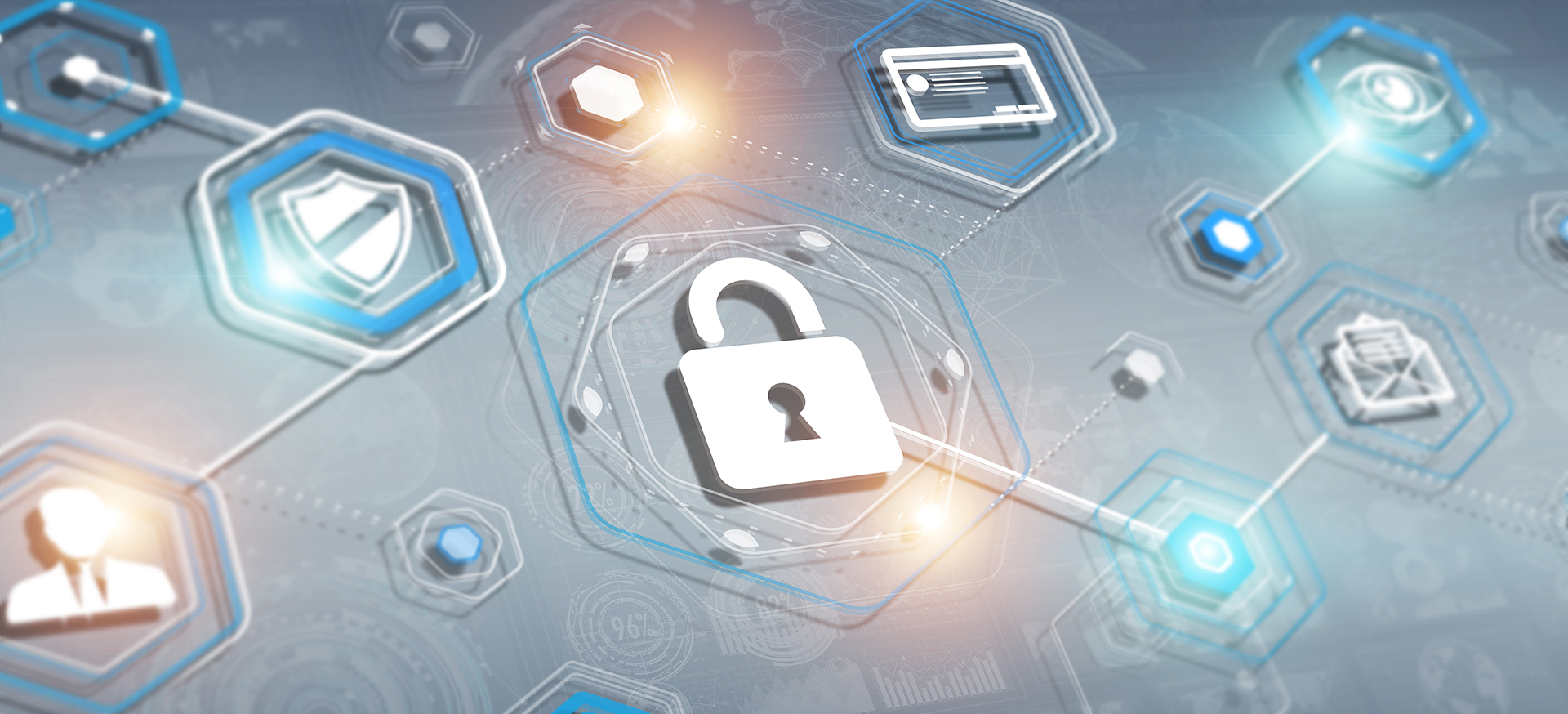 SOAR safety is a package of technologies that enable companies to automate some safety procedures. Typically utilized together with SIEM systems, SOAR closes the difference between episode response and identification.
SOAR safety is a package of technologies that enable companies to automate some safety procedures. Typically utilized together with SIEM systems, SOAR closes the difference between episode response and identification.
SIEM systems are excellent at telling companies what the matter is.
The problem with them is twofold: IT employees sometimes lack the experience to prevent risks; even should they have that experience, a lot of the harm is completed in milliseconds.
To understand how SOAR solutions (www.guidepointsecurity.com/soar-services/) work, let’s break down the acronym:
Security Orchestration
 Security technology will need to work in concert together. Orchestration is the procedure for stringing them together so actions could be taken quickly from one dash.
Security technology will need to work in concert together. Orchestration is the procedure for stringing them together so actions could be taken quickly from one dash.
Automation
No technology can completely eliminate the demand for safety specialists. However, by automating certain measures of this procedure, SOAR reduces reaction time and the probability of human error.
Response
Unlike previous software procedures, SOAR can actually stop specific dangers. Since breaches cause reputational harm to manufacturers if no client information is compromised, preventing them is essential.
2. Cloud Access Security Broker (CASB)
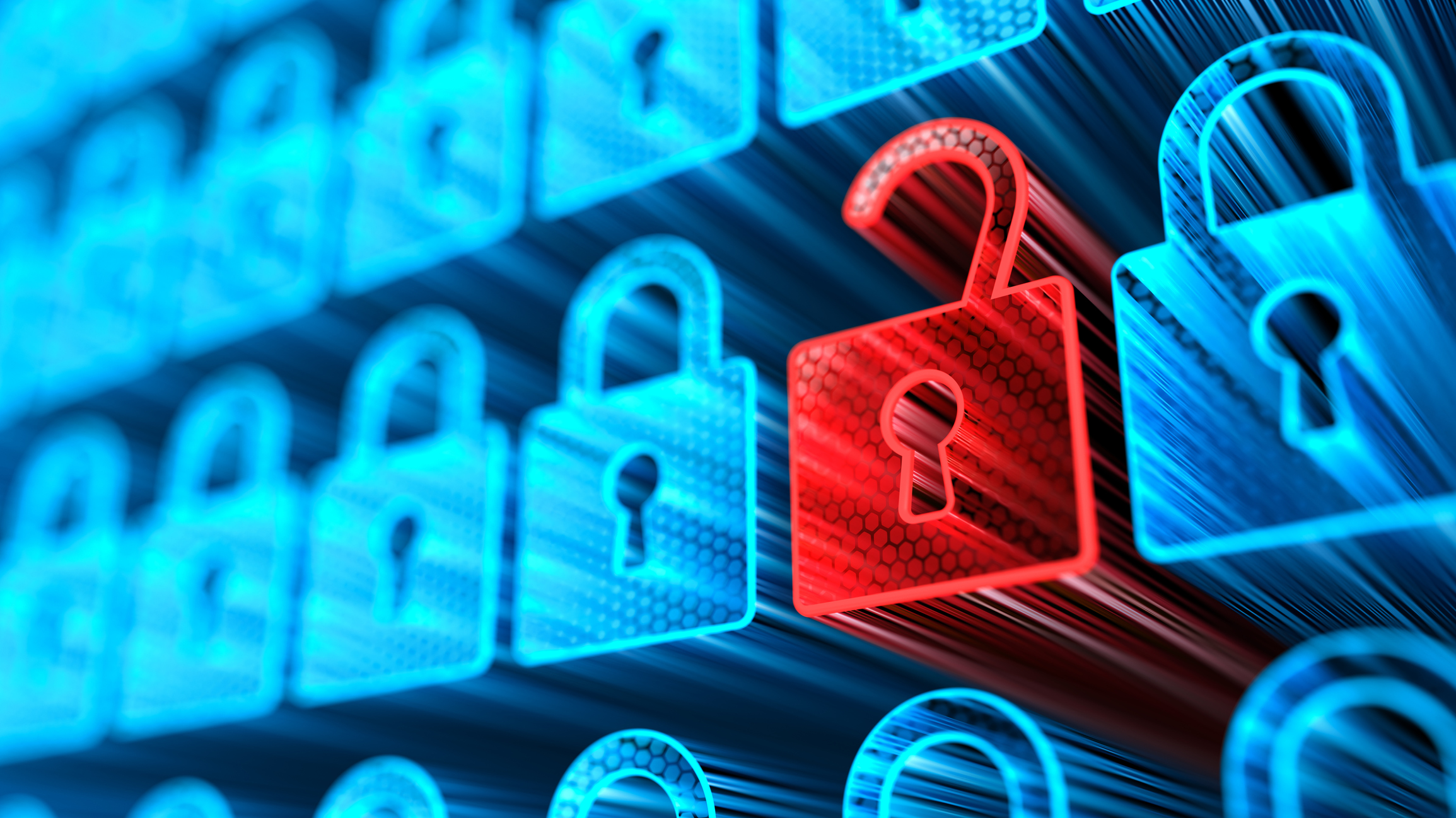 Nowadays, cloud computing and computing is your norm. Most business applications are hosted remotely, which frequently enables apps to be obtained from anywhere and on multiple devices.
Nowadays, cloud computing and computing is your norm. Most business applications are hosted remotely, which frequently enables apps to be obtained from anywhere and on multiple devices.
Obviously, simple accessibility attracts poor actors. Whenever information is moved, it has got the capacity to be intercepted. Assessing your apparatus during transport is where Cloud Access Safety Agents (CASBs) come in to play.
CASBs sit involving a cloud program and the cloud consumers, carefully tracking action. Occasionally CASBs are in-house applications, but they could also be cloud-based apps themselves.
CASBs have a few use cases. A few of those access security agents only inform administrators about possible events. Other people operate to reduce malware or man-in-the-middle strikes.
3. User and Entity Behavior Analytics
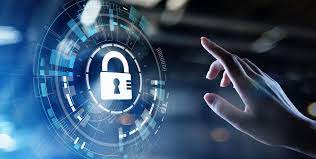 User and Entity Behavior Analytics (UEBA) systems discover insider threats by tracking entities and users, including items like routers. They utilize a combination of machine learning and individual decision-making.
User and Entity Behavior Analytics (UEBA) systems discover insider threats by tracking entities and users, including items like routers. They utilize a combination of machine learning and individual decision-making.
If proper access restrictions have yet to be put in place it is simple for insiders to get sensitive documents.
UEBA tools examine users’ behaviour patterns and search for anomalies that may indicate malicious activity.
As an instance, let us say a specific employee downloads a couple of pictures and Word files every day.
Then 1 day, that individual downloads a few gigabytes of documents. A UEBA tool will flag that download and take action or inform an administrator.
4. Hardware Authentication
It is no secret that many login credentials could be deciphered by hackers that are committed. If all it takes is 1 password and username to access your sensitive information — from almost any device, anywhere in the world — you are apparatus can be in trouble.
Hardware authentication demands not merely a password and username but also a hardware-based acceptance from another device.
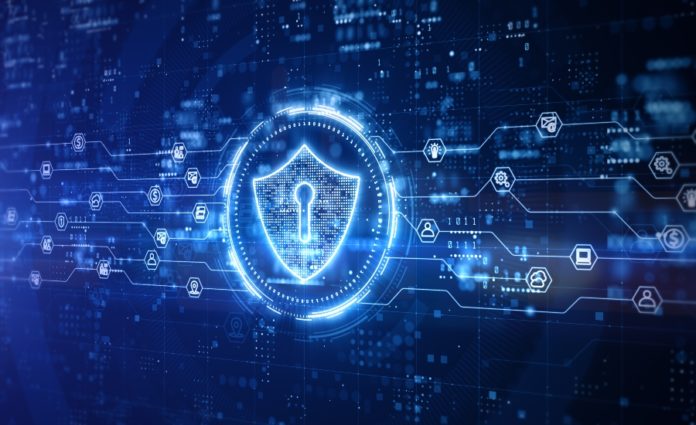 There are multiple methods hardware authentication could be performed:
There are multiple methods hardware authentication could be performed:
-
USB security keys
These tiny devices (sometimes called”tokens”) plug into a USB port to authenticate the consumer. Employing a token will include a layer of security since the key has to be possessed, which is hard to perform from a distant site.
-
Optical recognition
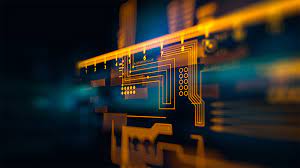 A optical recognition variable is really a futuristic tool which reads your retina and fits into a database to confirm you’re approved to access the system. Every individual’s retinas have unique routines, like fingerprints.
A optical recognition variable is really a futuristic tool which reads your retina and fits into a database to confirm you’re approved to access the system. Every individual’s retinas have unique routines, like fingerprints.
-
Finger swipes
Your smartphone may allow you to login by pressing your finger into a small detector. Finger swipes work exactly the exact same manner, by utilizing your fingerprints to authenticate you.
5. Data Loss Prevention (DLP)
Many times, cybercriminals either market sensitive information or place it online. After your sensitive information is out online — getting down it is a nightmare.
To recover from these types of attacks, companies frequently have to send awkward mails to clients and reset tens of thousands of passwords and accounts.
DLP is a selection of applications and strategies designed to prevent sensitive information from leaving the company’s personal system.
 DLP systems unite a great deal of best practices, such as:
DLP systems unite a great deal of best practices, such as:
- Identifying what data is sensitive
- Monitoring and controlling endpoint activities, or how users access information
- Checking data that is uploaded and downloaded from the cloud for malicious software
- Producing reports to stay compliant with governing agencies
- Encrypting data in transit
Cybersecurity technologies aren’t just cool, complex things to talk about. They’re essential tools that protect your business from fraud, data leaks, malware, and more.
Knowing what tools are available to you is, at best, half the battle. Don’t wait until a breach happens to put these “data-best-practices” into your data-protection arsenal.
Thank you!
Subscribe to our newsletter! Join us on social networks!
See you!

